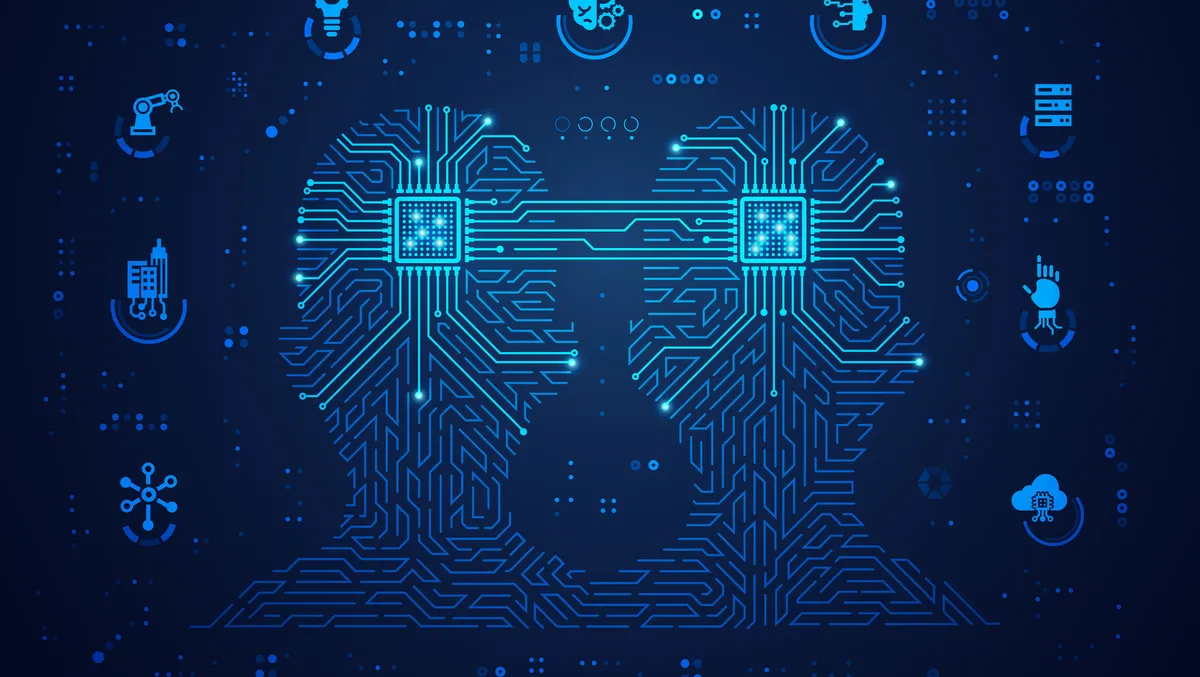
Digital twin market yet to reach full potential - report
The market for digital twins expanded by 71% between 2020 and 2022, according to the Digital Twin Market Report 2023-2027 from IoT Analytics.
The report details the market for digital twins, including definition & disambiguation, standardisation efforts, market size and outlook, competitive landscape, market hotspots, case studies, trends & developments.
The report found 63% of manufacturers are currently developing a digital twin or have plans to develop a digital twin.
The six main digital twin applications today include system prediction, system simulation, asset interoperability, maintenance, system visualisation, and product simulation.
"The digital twin market is yet to reach its full potential, with less than 1 out of 3 manufacturing companies currently implementing a digital twin strategy but almost all other manufacturers saying they expect to do so in the coming months. Our analysis shows that 2 there are different types of digital twins with quite different purposes. A certain confusion about what a digital twin actually is remains with many companies in the ecosystem," says Knud Lasse Lueth, CEO at IoT Analytics.
"We expect future growth to be more aggressively driven by manufacturers in East Asia & Pacific region."
Mohammad Hasan, Analyst at IoT Analytics, adds, "Digital twins are entering the mainstream. There is a huge demand for digital twins, especially for prediction and simulation at the system level, which comprise 58% of all digital twin projects globally.
"Digital twin providers need to focus on these areas to gain a higher market share," he says.
Digital Twins have become a key topic for Industry 4.0
The market for standalone digital twin software grew 71% between 2020 and 2022, according to the report. Survey results, also part of this research, indicate strong adoption. For example, 29% of manufacturing companies globally have fully implemented or are implementing a digital twin strategy for a portion of their operational assets, and a further 63% are currently developing or have already developed their digital twin strategy.
Although the roots of digital twins go back to NASAs Apollo program in 1970, the concept of creating digital replicas of physical assets and visualising/simulating/predicting in a virtual world is extremely suitable for companies that are trying to make Industry 4.0 a reality or are aiming toward future industrial metaverse projects.
While the definition of a digital twin may be straightforward, its applications are numerous. In 2020, IoT Analytics published its first market research on the topic and showcased that there may, in fact, be 200 or more different types of digital twins.
"The feedback we received from you was that classification helps to ensure apple-to-apple digital twin comparisons, but questions remain about the hotspots of activity," IoT Analytics says.
"Therefore, as part of our new 233-page Digital Twin Market Report 2023-2027, we classified 100 real digital twin projects along the three dimensions and found six main areas of activity. These six digital twin application hotspots cover two thirds of all digital twin projects we analysed."
Classifying Digital Twins
IoT Analytics defines a digital twin as a virtual model replicating the behaviour of an existing or a potential real-world asset, system, or multiple systems.
There are three main dimensions describing the concept of digital twins. Each axis of the cuboid represents one dimension of the digital twin:
Lifycycle phase: The X-axis represents the six life cycle phases a digital twin is used for, from design to decommissioning. Hierarchical levels: The Y-axis represents the five hierarchical levels a digital twin represents, from information to multi-system. Use/purpose of implementation: The Z-axis represents the seven most common uses for digital twins, such as simulation and prediction.
There are 210 potential different digital twin combinations (5 x 6 x 7 = 210), although the research indicates that many digital twin initiatives cater to more than one combination.
The six most common Digital Twin applications
As part of the research, IoT Analytics looked at 100 digital twin case studies and classified each project into the digital twin cuboid. The result was that six clusters of digital twin activity stand out.
1. Twins for system prediction
A digital twin geared toward predicting complex systems 30%
2. Twins for system simulation
A digital twin geared toward simulating complex system behaviour 28%
3. Twins for asset interoperability
A digital twin geared toward common data formats and streamlined data extraction in complex systems 24%
4. Twins for maintenance
A digital twin geared toward assisting with maintenance-related use cases 21%
5. Twins for system visualisation
A digital twin geared toward visualising a complex system (e.g., in 3D) 20%
6. Twins for product simulation
A digital twin geared toward simulating the behaviour of (future) products (mostly during the design phase) 9%
The research shows that there is strong interest in digital twins, but not all digital twins are equal. Every digital twin project is distinct in terms of its sophistication, life cycle phase to which it caters, and use.
"It is important to realise that there is not one best or one single use for digital twins. It really depends on the end goal," IoT Analytics says.
"For some digital twin applications, simulation may be the key use (e.g., when wanting to test what-if scenarios); for others, emulation may be the key use (e.g., when checking for configuration errors or when training operators); and for others still, prediction is the key use (e.g., when estimating future performance).
"We identified six clusters of digital twin applications that reflect two-thirds of all digital twin projects today. With regard to the most common use, 31% of the digital twin projects are focused on prediction at the system level."


